Plant Science
Understanding rust resistance in bread wheat
Sequencing a high-quality bread wheat genome facilitates the identification of a gene that confers stripe rust resistance and may lead to improved crop resilience.
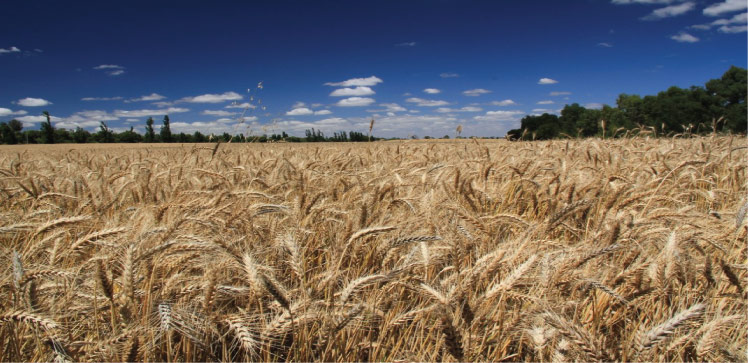
KAUST researchers have developed a fast and cost-effective strategy that may help to protect wheat harvests from the devastating disease stripe rust. © 2022 KAUST. /en/article/1205/understanding-rust-resistance-in-bread-wheat
KAUST researchers have developed a fast and cost-effective strategy that may help to protect wheat harvests from the devastating disease stripe rust. © 2022 KAUST. /en/article/1205/understanding-rust-resistance-in-bread-wheat
Pests and diseases result in the loss of one-fifth of the global wheat harvest each year, which is enough to make around 290 billion loaves of bread. Resolving the persistent problem of the fungal rust diseases that attack wheat could help ensure future food security.
KAUST researchers, along with collaborators from South Africa, France and the U.S., have assembled the highest quality genome to date for bread wheat. This is a key South African wheat cultivar called Kariega, which has robust resistance to stripe rust, one of the three species of wheat rust. Using this genome, the researchers identified and cloned a key gene that confers stripe rust resistance.
“Rust spores are dispersed by winds and can travel thousands of kilometers, meaning new and highly virulent strains spread rapidly,” says Naveenkumar Athiyannan, who worked on the project alongside KAUST’s Michael Abrouk and Simon Krattinger. “Unlike humans, plants don’t have an adaptive immune system that helps them ‘memorize’ past infections. Instead, their ability to withstand specific diseases is encoded by disease resistance genes.”
“Wheat has a dynamic and complex genome, five times larger than the human genome. This makes it extremely challenging to pinpoint the location of a specific gene,” says Abrouk. Moreover, disease resistance genes often differ between wheat cultivars. Sequencing the Kariega genome, in particular, is important for understanding stripe rust resistance.
The team combined the latest DNA sequencing techniques to assemble the genome, before conducting extensive analysis using molecular markers to identify the exact chromosomal region that confers stripe rust resistance.
“The Kariega assembly allowed us to look in detail at the DNA sequence of this region and identify all possible candidate genes,” says Abrouk. “This step would have taken months or even years in the past.”
The team identified the stripe rust resistance gene as Yr27, which they then cloned to study the gene function and molecular mechanisms of resistance. In future, the cloned genes could be transferred to cultivars during breeding, and could even be modified to alter a plant’s disease recognition and resistance.
“We were excited to discover that Yr27 is a version, or allele, of a known leaf rust resistance gene,” says Athiyannan. “Now that we know the exact sequences of both alleles, we may be able to engineer a new version of the gene that recognizes both diseases simultaneously.”
“We’ve developed a fast and cost-effective strategy to clone disease resistance genes,” adds Krattinger. “The long-term goal is to clone the 400 resistance genes found in wheat, providing scientists with a real shot at eradicating major wheat diseases.”
References
- Athiyannan, N., Abrouk, M., Boshoff, W.H.P., Cauet, S., Rodde, N., Kudrna, D., Mohammed, N., Bettgenhaeuser, J., Botha, K., Derman, S., Wing, R.A., Prins, R. & Krattinger, S.G. Long-read genome sequencing of bread wheat facilitates disease resistance gene cloning. Nature Genetics 54, 227–231 (2022)| article
You might also like
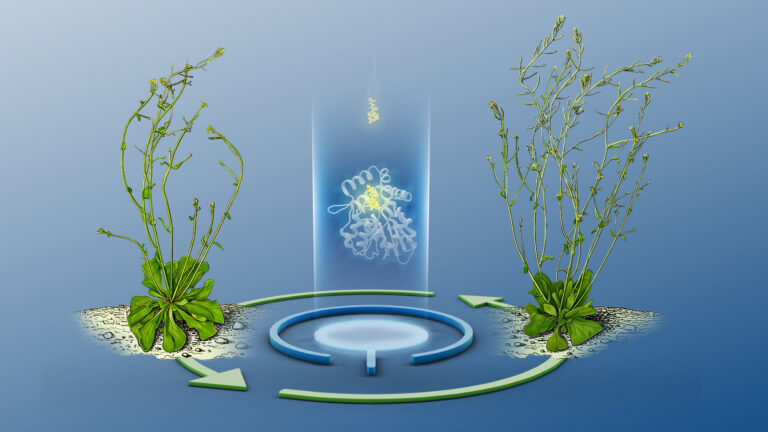
Bioscience
Hidden flexibility in plant communication revealed
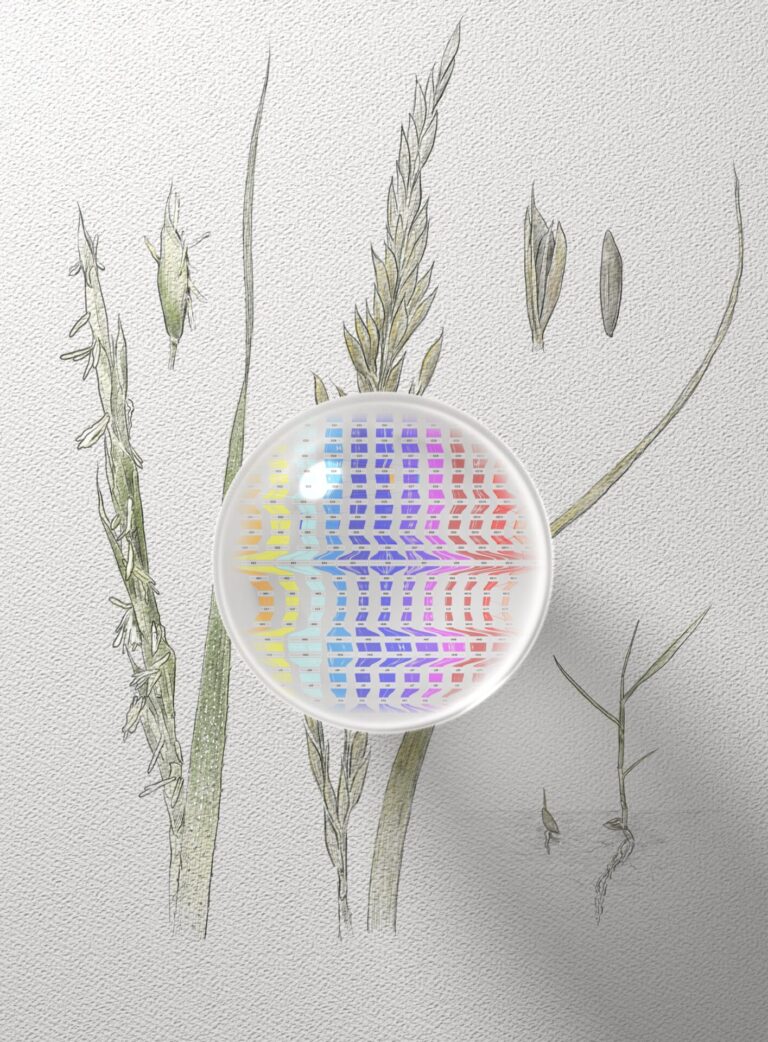
Plant Science
Reference genomes for rice’s wild relatives may boost future crops

Bioscience
Digging into the world of plant-growth-promoting microbes

Environmental Science and Engineering
Hydrogen storage solution could lie in lakes

Bioscience
Unraveling modern bread wheat from the genes up
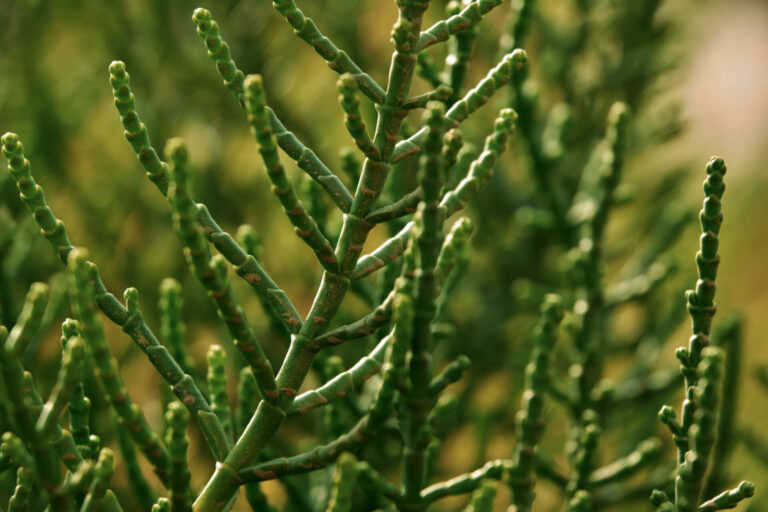
Bioscience
Why do some plants thrive in saline conditions?
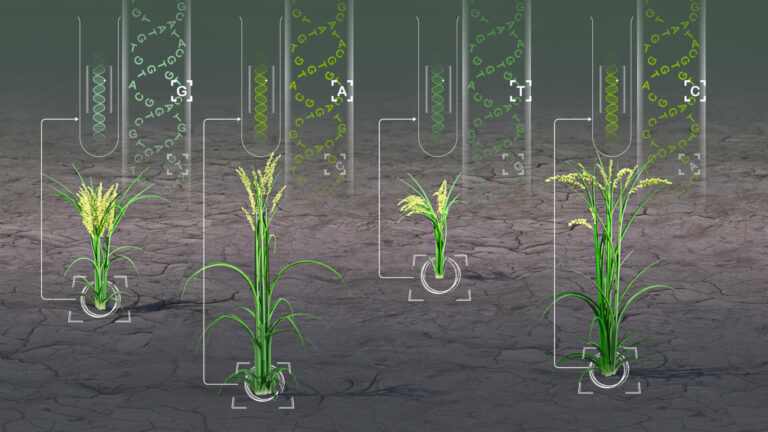
Bioengineering
Analytic tool reveals more cream of the crops
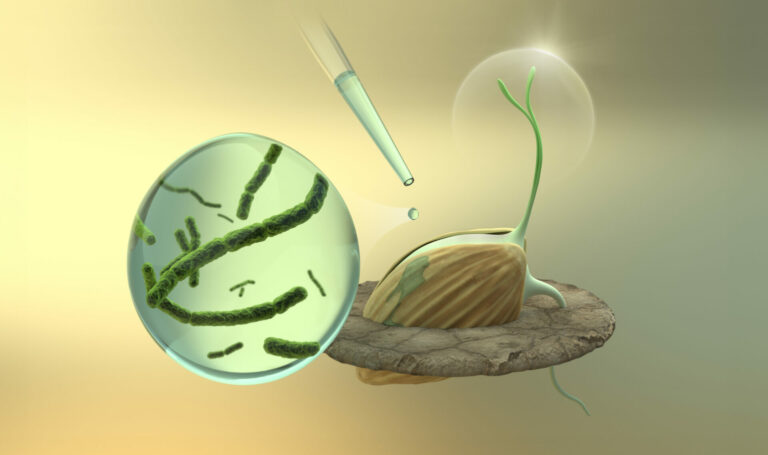
Plant Science




